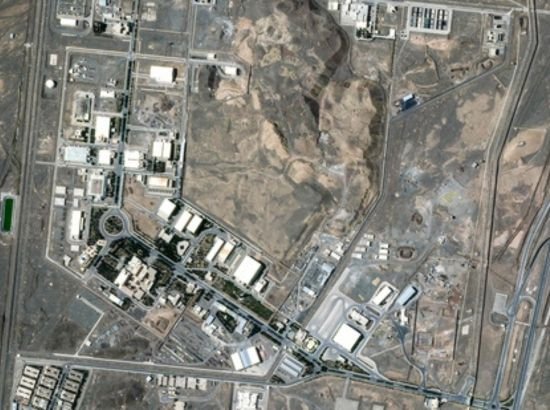
Washington, D.C. | June 25, 2025 — A newly surfaced U.S. intelligence assessment suggests that the recent American airstrikes on Iran’s nuclear facilities failed to completely destroy their targets, despite official claims of overwhelming success. The findings, first reported by CNN, have sparked strong reactions from the White House, which called the assessment “flat-out wrong.”
According to sources familiar with the classified report prepared by the Defense Intelligence Agency (DIA), the three Iranian nuclear sites targeted — Fordow, Natanz, and Isfahan — were not fully obliterated. The report estimates that Iran’s nuclear program may have been delayed by only a few months at most.
“The uranium enrichment infrastructure remains largely intact,” one U.S. official told CNN. “Many of the centrifuges are still operational.” Another source added that Iran had preemptively relocated much of its highly enriched uranium stockpile before the attacks took place, reducing the impact of the strikes.
The assessment stands in sharp contrast to earlier public statements made by U.S. President Donald Trump and Defense Secretary Pete Hegseth. On Sunday, President Trump had declared that the strikes had “completely and utterly destroyed” Iran’s nuclear capabilities. Secretary Hegseth echoed this sentiment, claiming Iran’s nuclear ambitions had been “wiped out.”
However, satellite imagery obtained by Planet Labs PBC, dated May 20, 2025, showed only partial destruction at some sites. While certain buildings appeared heavily damaged, others seemed largely intact. Underground facilities, especially at Natanz, appeared to have survived the bombing with uncertain levels of damage.
Iran’s nuclear facilities, particularly at Fordow and Natanz, have long been suspected by both the U.S. and Israel of being part of a covert effort to develop nuclear weapons — a charge Iran denies.
The Biden administration responded forcefully to the leaked assessment. White House Press Secretary Caroline Leavitt issued a statement condemning the report, saying it was “a deliberate attempt to undermine President Trump and discredit the courageous fighter pilots who carried out a precision mission to dismantle Iran’s nuclear program.”
“Everyone knows what happens when you drop fourteen 30,000-pound bombs on a facility — total eradication,” Leavitt said. “Any suggestion otherwise is simply false and politically motivated.”
Despite the administration’s confident rebuttal, questions persist as to the actual effectiveness of the strikes. Experts point out that Iran’s nuclear infrastructure includes deeply buried and fortified facilities, which may not be fully disabled even by the heaviest conventional munitions.
In the days following the strikes, uncertainty has grown regarding the fate of Iran’s uranium reserves. A separate report by Reuters indicated that Iran had removed a substantial portion of its enriched uranium from vulnerable sites in the days before the bombings — further complicating assessments of the operation’s success.
The conflicting narratives highlight the high stakes and opaque nature of U.S.-Iran tensions over nuclear development. While American leadership projects confidence, the intelligence community’s cautionary analysis introduces new doubts about the strategic impact of the recent military action. The international community watches closely, concerned about potential retaliatory moves by Iran and the broader regional implications.